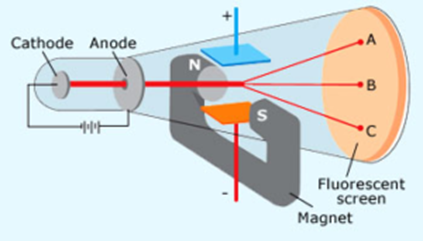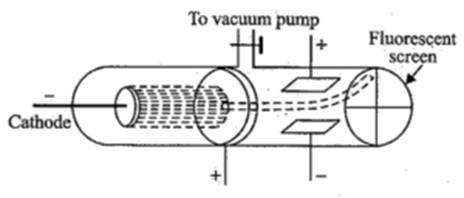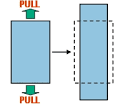Science > Physics > Photoelectric Effect > Problems on Specific Charge In this article, we shall see problems based on Thomson’s experiment to calculate the specific charge (e/m). Example – 01: In Thomson’s experiment, a beam of electrons travelling at 6.8 x 107 m/s is bent into a circular path of radius 4 cm in […]
Problems on Specific Charge Ratio



